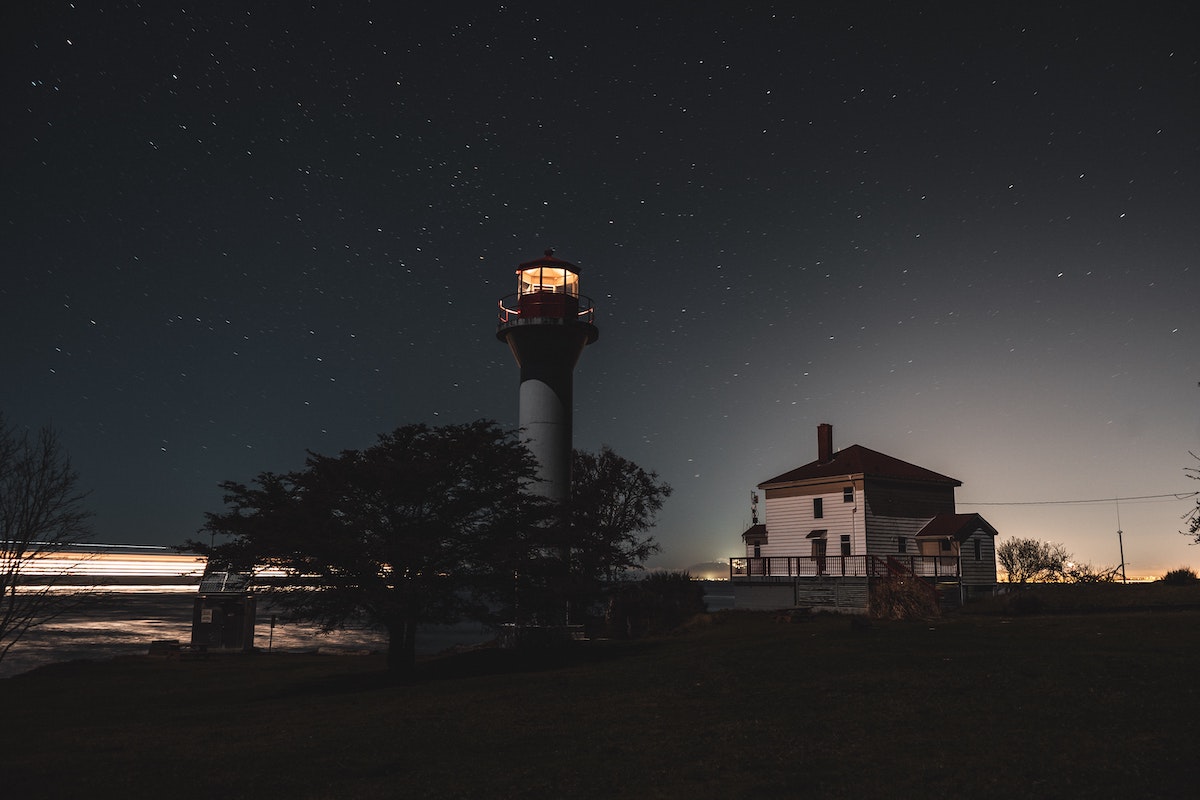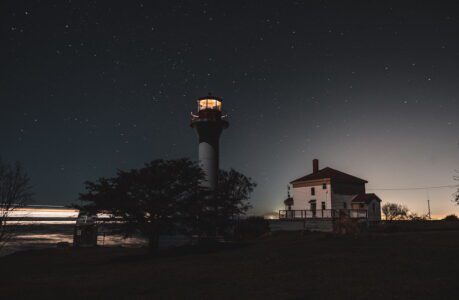Light pollution refers to excessive, misdirected, or obtrusive artificial light, typically from outdoor lighting sources such as street lights, building lighting, and advertising displays, that interferes with natural nighttime lighting conditions and impacts human health, wildlife, and astronomical observation.
How does light pollution affect stargazing
Light pollution affects stargazing by brightening the night sky and reducing the visibility of stars and other celestial objects. This happens because the artificial light from sources such as street lights, building lights, and advertising displays scatters in the atmosphere and illuminates the sky, creating a “glow” that makes it difficult to see faint objects. This makes it challenging for amateur astronomers to observe the night sky and for professionals to conduct accurate astronomical observations, particularly in urban areas where light pollution is most severe.
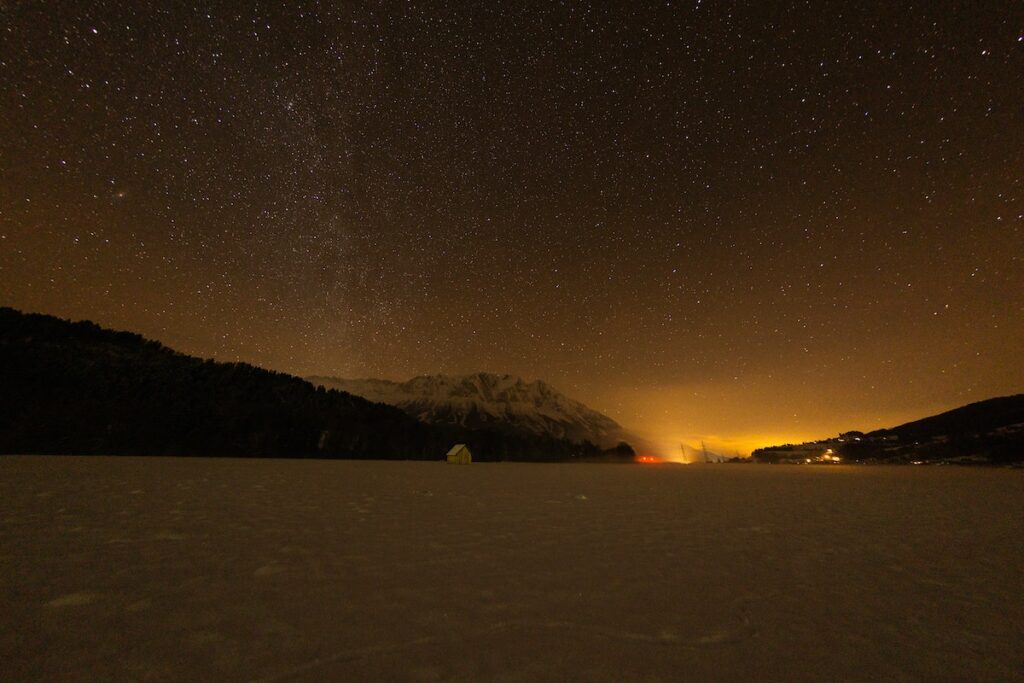
How is light pollution measured
Light pollution is measured by quantifying the amount of artificial light that interferes with natural nighttime lighting conditions. This is typically done using a scale called the “Sky Quality Meter” (SQM) or a similar device that measures the brightness of the night sky in units of magnitude per square arcsecond. The higher the reading on the SQM, the brighter the sky and the greater the light pollution. Another widely used measurement is the “Bortle Scale”, which ranges from Class 1 (darkest skies) to Class 9 (brightest skies) and provides a qualitative assessment of light pollution levels based on the visibility of stars, constellations, and other celestial objects. Both the SQM and the Bortle Scale are useful tools for measuring light pollution and assessing its impact on stargazing and astronomical observation.
What level of light pollution would I expect in a town
The level of light pollution in a town can vary depending on many factors, including the size and location of the town, the types of outdoor lighting used, and the amount of light directed towards the sky. However, it is common for towns to have a moderate to high level of light pollution, with sky brightness readings ranging from magnitude 4 to 6 or higher on the Sky Quality Meter (SQM). This would typically correspond to a Bortle Scale rating of Class 5 to 8, which is characterised by a bright sky and limited visibility of stars and celestial objects. In more urban areas, light pollution can be even higher, with sky brightness readings approaching magnitude 8 or higher and Bortle Scale ratings of Class 9.
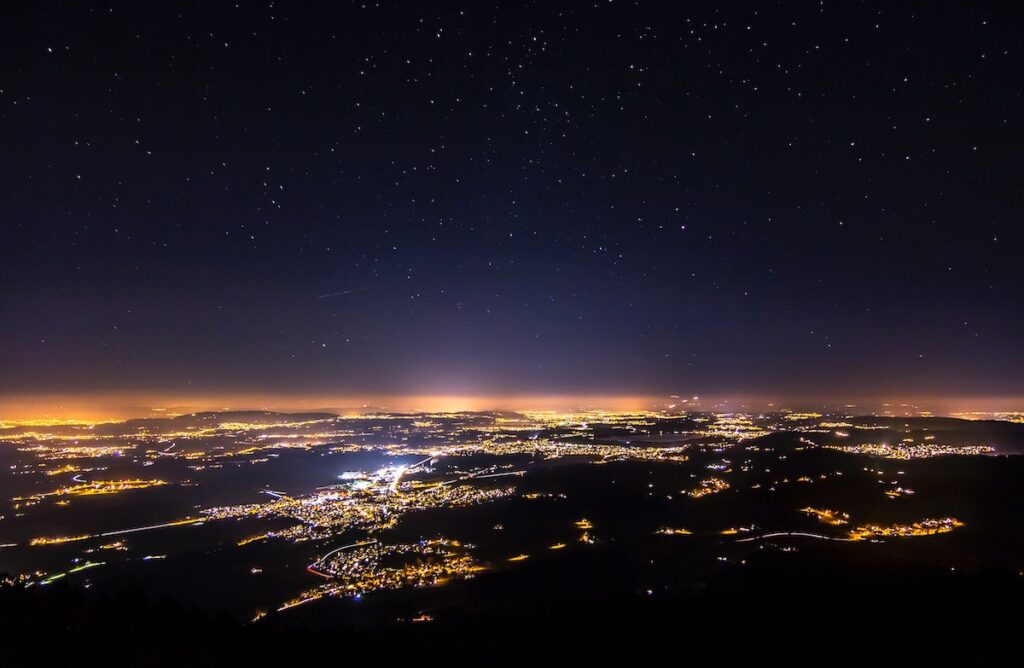
What can I expect to see in a Bortle 5 sky in the northern hemisphere
In a Bortle Scale Class 5 sky in the northern hemisphere, you can expect to see a relatively bright sky with a limited number of stars visible. This would typically correspond to a sky brightness reading of around magnitude 5 to 6 on the Sky Quality Meter (SQM). Under these conditions, you may be able to see the Milky Way, but it would appear faint and may be difficult to distinguish from the bright background sky.
Some bright stars and constellations may be visible, but many fainter stars will be obscured by the light pollution. In a Bortle Scale Class 5 sky, you may also be able to see some deep-sky objects such as bright nebulae and star clusters, but more challenging objects like galaxies and faint nebulae may not be visible without a telescope.
Where can I find locations with low light pollution
Locations with low light pollution are typically found in rural areas, far from large cities and other sources of artificial light. Some specific places that are known for their dark skies and low light pollution include:
- National Parks and protected areas, such as Death Valley National Park in California and Big Bend National Park in Texas.
- Dark sky reserves, such as the Brecon Beacons National Park in Wales and Exmoor National Park in England.
- Dark sky communities, such as Hocking Hills State Park in Ohio and Flagstaff, Arizona.
- Remote observatories, such as Mauna Kea Observatory in Hawaii and Cerro Tololo Inter-American Observatory in Chile.
If you are interested in stargazing or astronomy, you can find more information about locations with low light pollution by visiting websites such as the International Dark-Sky Association (IDA) or the Light Pollution Map. These resources can help you find areas near you with dark skies and low light pollution, so you can enjoy the beauty of the night sky to the fullest.
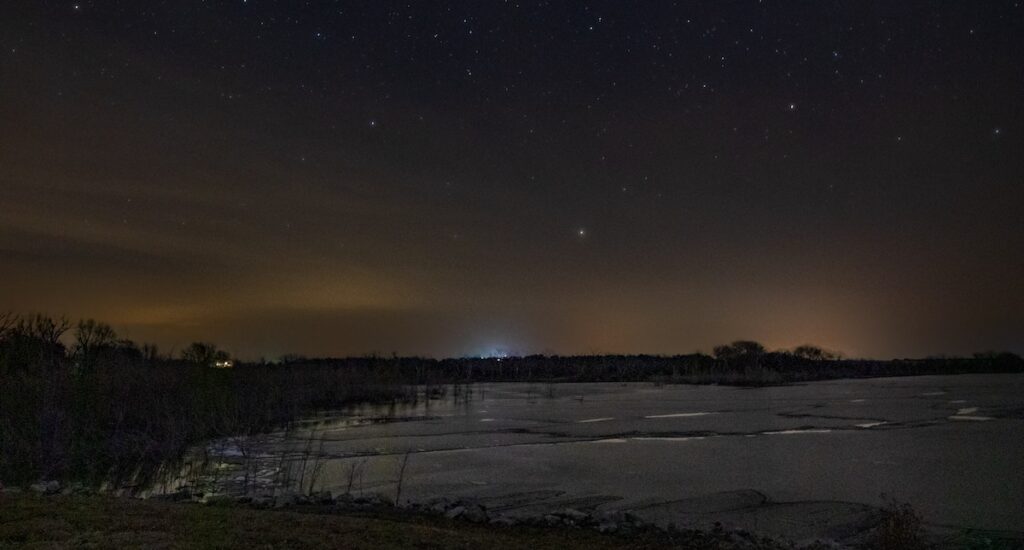
Reducing the effect of light pollution
Here are some steps you can take to reduce the effect of light pollution:
- Use outdoor lighting wisely: When installing outdoor lighting, choose fixtures that are fully shielded to direct light downwards, rather than upwards towards the sky. Also, use motion sensors and timers to limit the amount of time that lights are on.
- Support dark sky initiatives: Get involved in local dark sky initiatives and support organisations such as the International Dark-Sky Association (IDA) that are working to reduce light pollution.
- Use astronomical-friendly lighting: When choosing indoor lighting, look for products with a low colour temperature, such as LED lights with a warm yellow hue, rather than bright white or blue lights.
- Reduce indoor light pollution: Close curtains and blinds at night to prevent light
Can I filter out light pollution?
Yes, you can filter out light pollution by using specialised astronomical filters designed to reduce the brightness of artificial light sources and enhance the visibility of stars and other celestial objects. These filters are typically mounted on the end of a telescope or camera lens and work by blocking specific wavelengths of light that are associated with artificial light sources, such as street lights and sodium vapour lamps.
There are several types of light pollution filters available, including UHC (Ultra High Contrast), OIII (Oxygen III), and H-Beta filters, each of which is designed to block different types of artificial light and enhance the visibility of specific astronomical objects. By using a light pollution filter, you can significantly reduce the effect of light pollution and improve the visibility of stars and other celestial objects, even under bright city skies.
